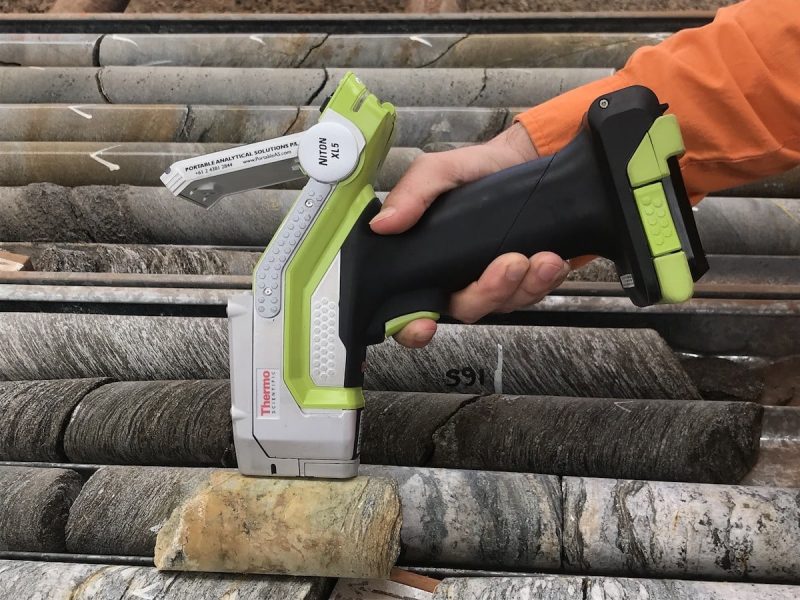
The metal recycling industry relies heavily on efficient identification and sorting of alloys to maximize return on investment. Hand-held XRF (X-ray fluorescence) analyzers have emerged as essential tools in this process. They help quickly and accurately identify alloys, ensuring the proper separation of materials like stainless steel, aluminum, copper, and nickel alloys. These analyzers play a pivotal role in scrapyards, where diverse raw materials must be precisely sorted before being sent to customers.
Durability and Performance in Harsh Environments
Scrapyards are tough environments for any equipment. XRF analyzers need to withstand exposure to dust, moisture, and shocks to ensure long-term performance. With a rugged design and IP-rated protection against dust and water, these tools can operate in temperatures ranging from −10°C to 45°C. Durability features like drop testing and comprehensive warranties also help reduce maintenance costs, making them a reliable investment for metal recyclers.
Optimizing Sorting Speed with XRF Technology
Time is money in scrapyards. Hand-held XRF analyzers help boost productivity by providing rapid and accurate results. These devices are designed to test alloys in seconds, enabling operators to make fast decisions. Customizable user interfaces, such as preloaded alloy grade libraries (DIN, EN, ASTM, JIS), help speed up the sorting process. Additionally, a clear and visual display of results reduces human error and improves decision-making.
Ergonomics for All-Day Comfort
Scrapyard workers spend long hours operating equipment, so ergonomics are crucial for maintaining productivity. Hand-held XRF analyzers are designed to reduce operator fatigue with features like a balanced handle, nonslip rubber grip, and holster accessories. These devices ensure comfort during extended use, while a large, bright display makes it easy to read results in any lighting condition.
Advancing Accuracy and Speed
The latest generation of XRF analyzers is pushing the boundaries of both speed and accuracy. With advanced silicon drift detectors (SDD) and stable electronics, these devices offer superior performance. For example, SDD-based models provide highly accurate results even with reduced testing times. This innovation ensures consistent accuracy from the first test to the last, allowing for quicker processing times without compromising on reliability.
Best Practices for XRF Analyzers in the Scrapyard
To ensure the best results, recyclers must follow best practices when using XRF analyzers. These include removing surface contamination like dust, paint, or corrosion from test areas. Regular maintenance, including replacing the protective film over the measurement aperture, is also essential to maintain accuracy and prolong the analyzer’s lifespan.
Choosing the Right XRF Analyzer for Metal Recycling
Hand-held XRF analyzers come in various models to suit different operational needs and budgets. When choosing an analyzer, it’s important to select one that meets your specific requirements, while leaving room for future upgrades. As the technology continues to evolve, recyclers should select an analyzer that supports not only current needs but also potential future applications such as precious metals recycling.
Conclusion
Hand-held XRF analyzers are indispensable tools in the metal recycling industry. They enable fast, accurate sorting of alloys, enhancing efficiency and reducing material mix-ups. With continuous advancements in technology and improved durability, these analyzers are critical for maintaining high productivity while minimizing downtime. By selecting the right XRF analyzer and following best practices, recyclers can maximize their return on investment and contribute to a more efficient, profitable metal recycling process.











Leave a Reply
You must be logged in to post a comment.